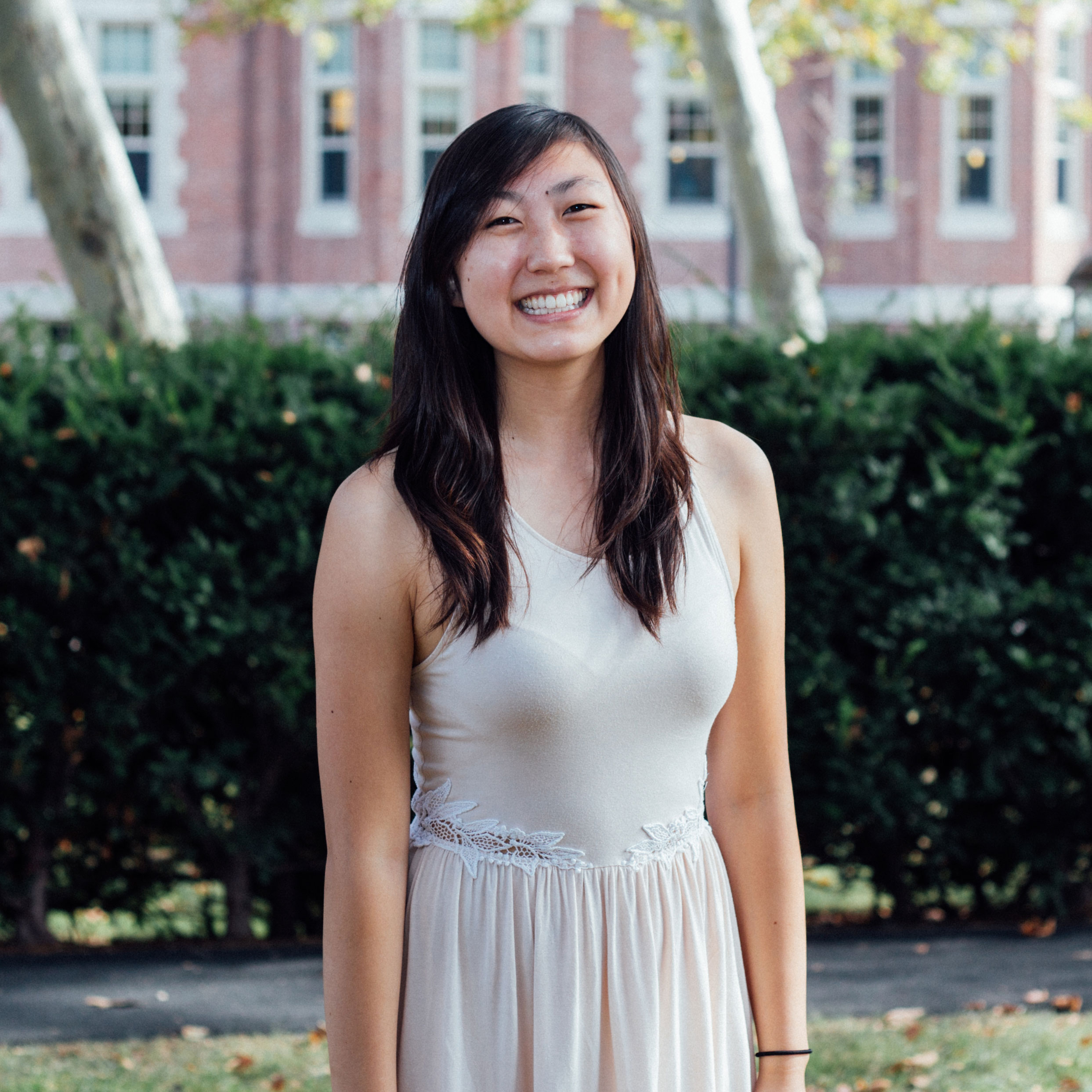
When Connie Liu ’16 took 2.009, MIT’s legendary product engineering processes class, she had an epiphany: so much of her education up to that point seemed to be about finding the solutions to problems that had already been largely solved, rather than trying to tackle problems we don’t yet have a solution for.
“Mechanical engineering showed me what learning could be like,” says Liu, who chose Course 2 because she’d wanted to develop devices to improve people’s lives. “I decided I wanted to go into education and help make learning more focused on solving real-world problems.”
After graduation, Liu taught at the Nueva School, a private high school in San Mateo, California, that emphasizes hands-on learning, and spent much of her time in its innovation lab. She realized that these valuable maker spaces and hands-on lab experiences need to be more accessible to students everywhere. So she left her teaching job to start Project Invent, a nonprofit organization that helps a team of students and a mentor—a teacher, a community member, or a mature upper-level student—collaborate with a local partner to help solve a problem in the community. Currently, 12 teams from eight states are participating in the program, which ends with a demo day in Silicon Valley where students pitch their concept and a basic prototype to a group of investors and tech leaders.
One of the big focuses, says Liu, is accessibility, especially for underrepresented minorities. “Four of the teams this year are all female, and one is a team of teenage mothers,” she says. “They’re interviewing peers who have given birth and researching what challenges they face and then designing a technology to address that.”
Liu says that by positioning engineering as a way you can make a social impact, the program is reaching a lot of engineering beginners. “We’re getting a lot of different kids than those who are, for example, applying for robotics teams,” she says.
Watching the program grow is rewarding for Liu, who hopes to expand more each year by keeping current schools engaged and starting new teams annually. But for her, that’s just the beginning.
“The main vision is really about how to redesign high schools to be places where students are empowered and show them that they can make a difference,” she says. “Education doesn’t have to be all about bubbling in answers. There are ways we can design it to actually be preparing our students for the future of work, to show them that they are able to create a unique impact on the world.”
Keep Reading
Most Popular
Large language models can do jaw-dropping things. But nobody knows exactly why.
And that's a problem. Figuring it out is one of the biggest scientific puzzles of our time and a crucial step towards controlling more powerful future models.
The problem with plug-in hybrids? Their drivers.
Plug-in hybrids are often sold as a transition to EVs, but new data from Europe shows we’re still underestimating the emissions they produce.
Google DeepMind’s new generative model makes Super Mario–like games from scratch
Genie learns how to control games by watching hours and hours of video. It could help train next-gen robots too.
How scientists traced a mysterious covid case back to six toilets
When wastewater surveillance turns into a hunt for a single infected individual, the ethics get tricky.
Stay connected
Get the latest updates from
MIT Technology Review
Discover special offers, top stories, upcoming events, and more.